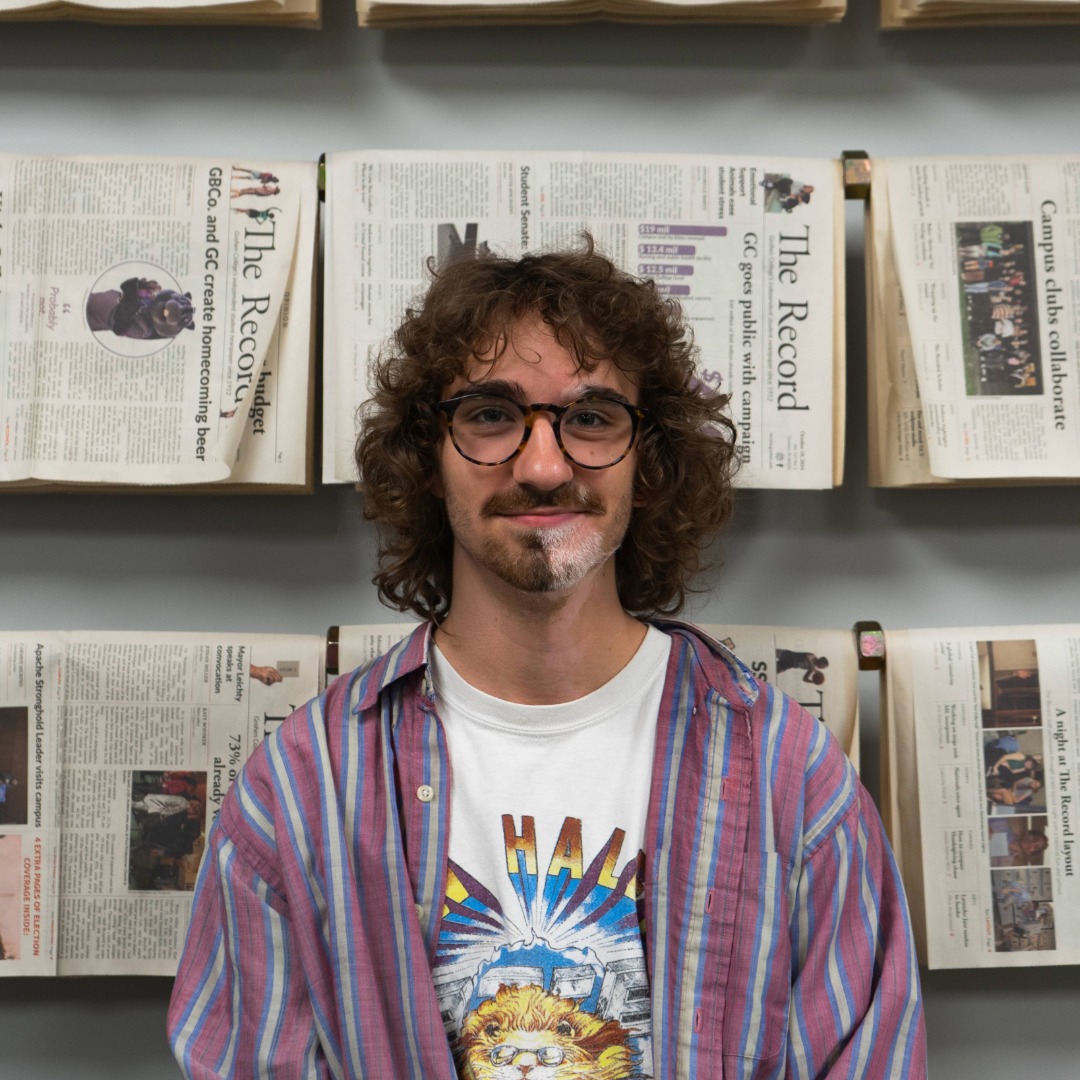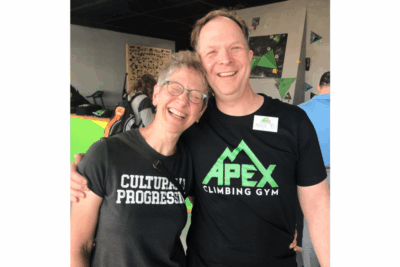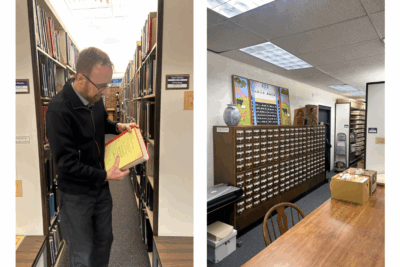Art can act as a gateway into the ideals of the culture that created it. Despite being constructed in the seventh century B.C.E., we can analyze Greek marble sculpture and get a glimpse into the values and principles that were deemed important. Themes of beauty, strength, storytelling, and power still resonate with modern viewers even when much of the context and people have long since been forgotten.
So what is modern art saying about our culture now? As much as I enjoy perusing art museums and overthinking abstract pieces, I can’t help but feel that the purpose of art has wavered.Chances are that most of us associate modern art with white painted canvases, confused scribbles, and work that is so conceptual that a banana duct-taped to a wall can sell for $6.2 million in auction. This doesn’t represent modern art in its entirety, but it does raise questions about the relevance of this work to the general public.
I feel as though art should reflect our values and be accessible to everyone, not just the ultra wealthy and “elite.” Museums provide a rich collection of art, but they are often locked behind a paywall. Free museums do exist, but are not the normal occurrence within the United States.
How can art be accessible to everyone? Well, that’s challenging, but a simple solution is by putting it where people can actually see it! Public art is a great way to make art available to the community where it often takes the form of sculpture or murals.
As an art major with a concentration in sculpture, I’ve had the incredible opportunity to be able to install three of my pieces in public spaces including downtown Goshen, downtown Wolcottville and Rock Run Church of the Brethren.
In the spring of 2024, I began working on my first large-scale sculpture, The Wanderer of the Scrapyard. It took nearly the entire semester to complete, and even longer to get approved by the city. It was finally installed in downtown Goshen this summer with the help of my professor, John Mishler.
Earlier during this semester, I found out that it had been vandalized. Graffiti tags adorned the propeller on the back of the figure. I was surprised, but not upset. That’s the risk of putting your art into the world, not everyone’s going to like or respect it.
However, Josh Cooper, artist and co-owner of Hive of Light, offered to paint over it. Now the sculpture proudly displays a colorful propeller. Alongside this, Cooper organized a contest to nickname the sculpture, and Richard Gear was what the locals had chosen. This aspect of collaboration illustrates how public art becomes intertwined with the community it lives in.
Besides Gear, there is quite the unique selection of sculptures that dwell among the sidewalks of downtown Goshen. Metal figures, fauna, and abstractions showcase artistic diversity and help reinforce Goshen as a hub for art.
Creativity has always been a staple of Goshen, but the sculptures and murals that occupy downtown help to show that reality. We may not be able to decide what art our museums hold, but we do have influence on what we display on our sidewalks. This not only allows art to be available to all, but removes the barrier of purchasing a ticket.
If art is supposed to represent the ideals of the culture it surrounds, how will we choose to exemplify our community and what it stands for? How do we decide who has the opportunity to see it?




